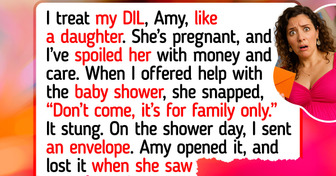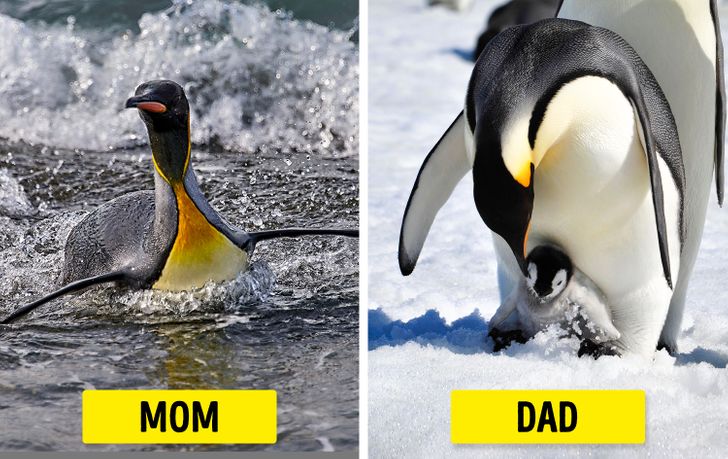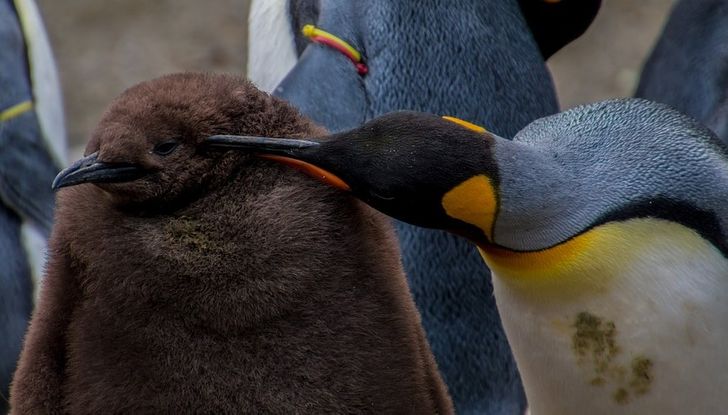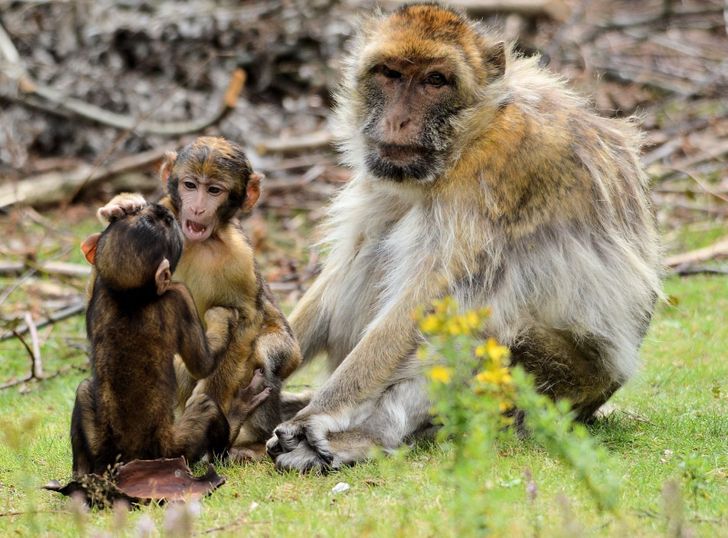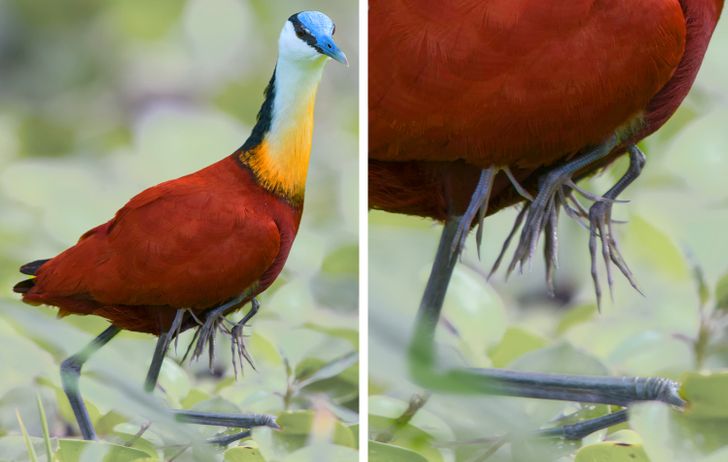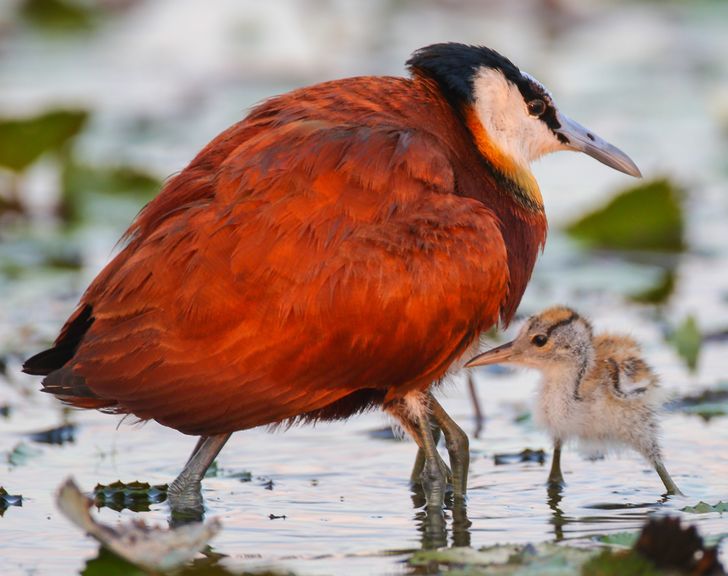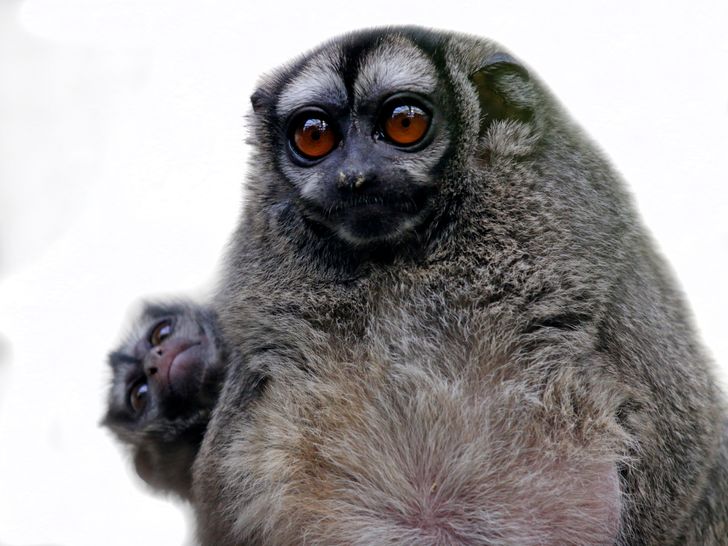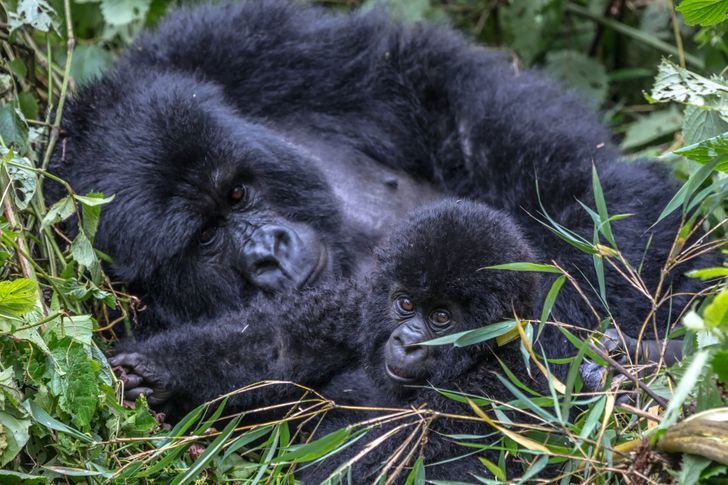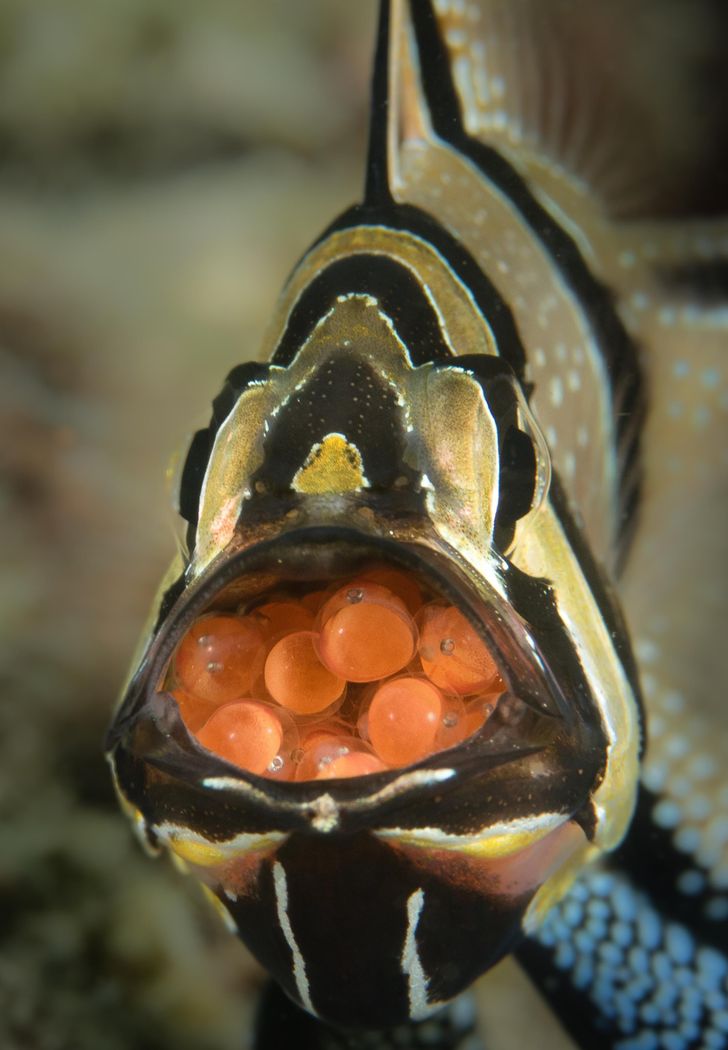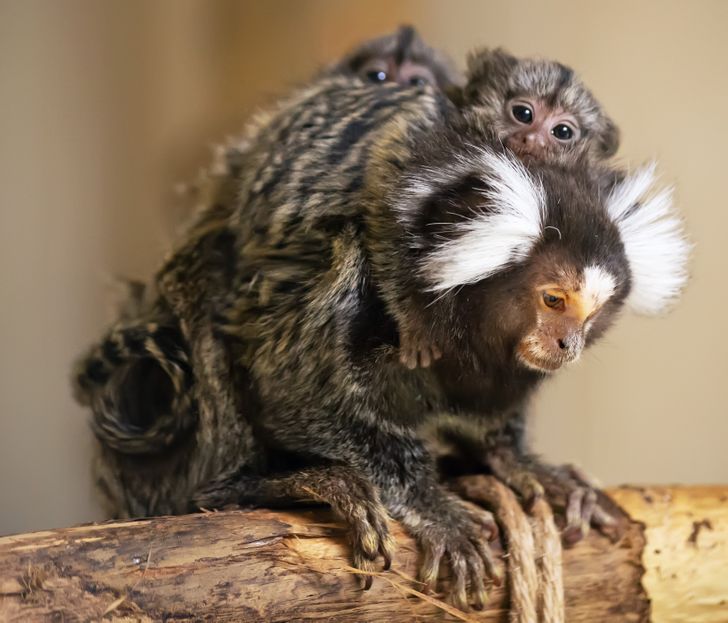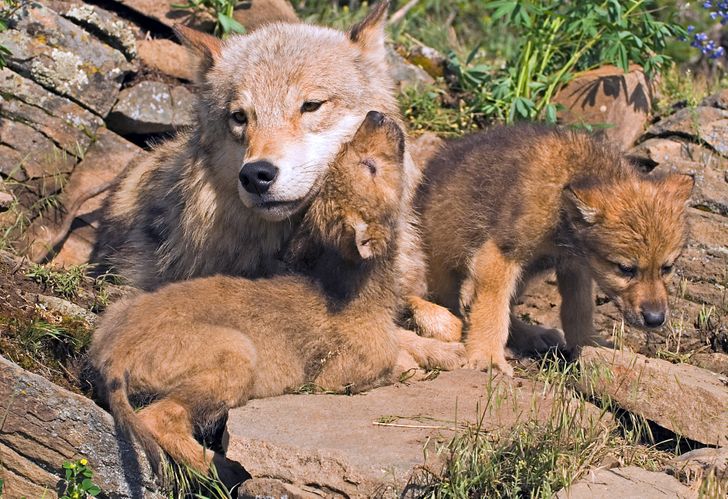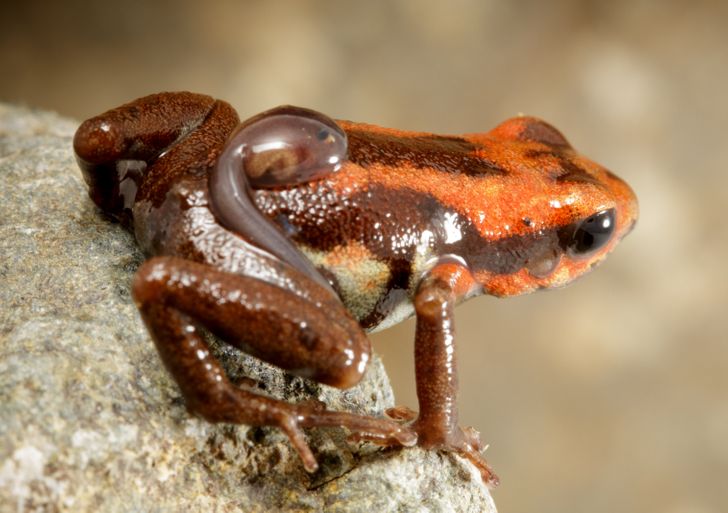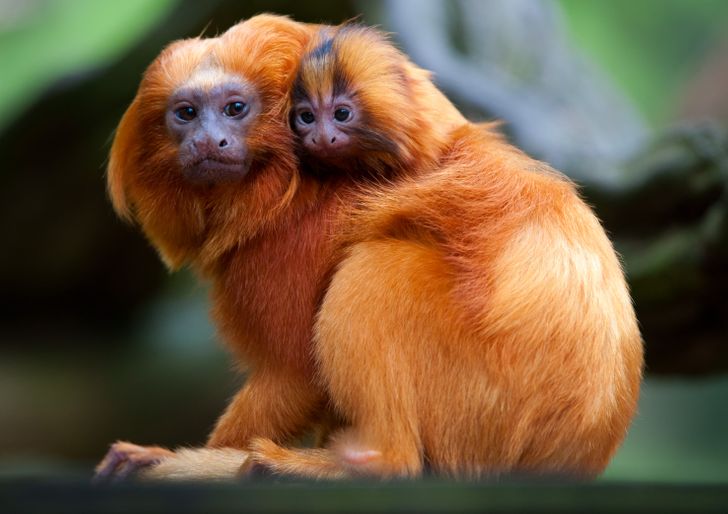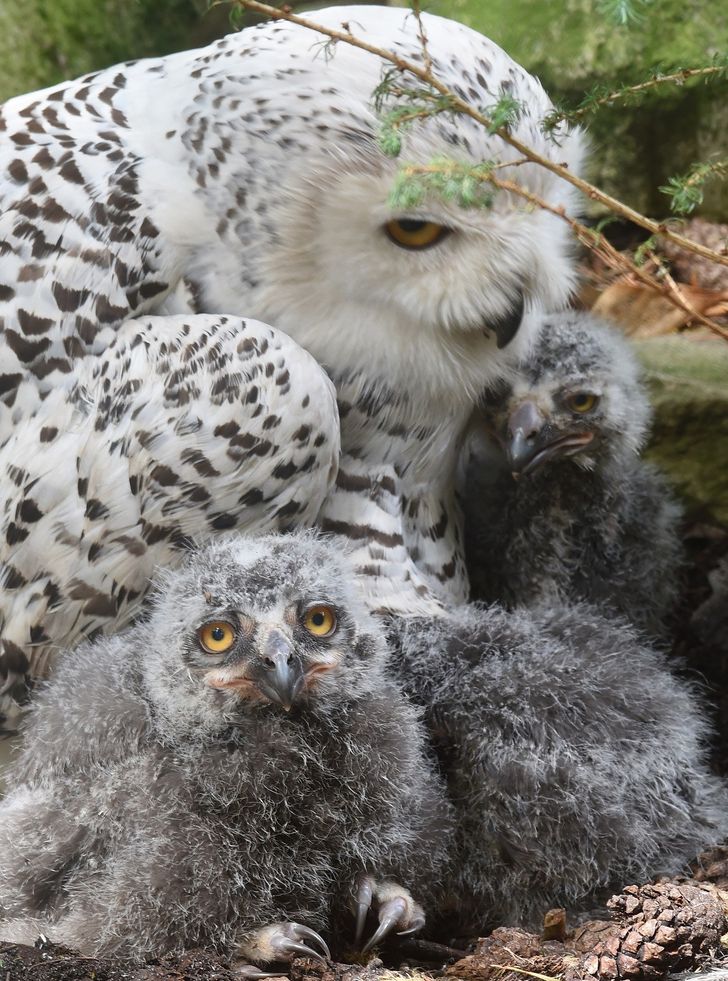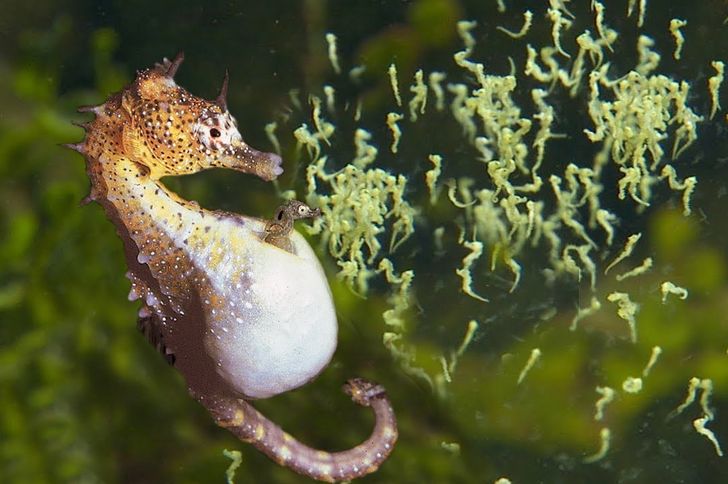Number 2 looks a bit like that ghost monkey from Pirates of the Caribbean
13 Animal Dads Who Never Shy Away From Their Duties
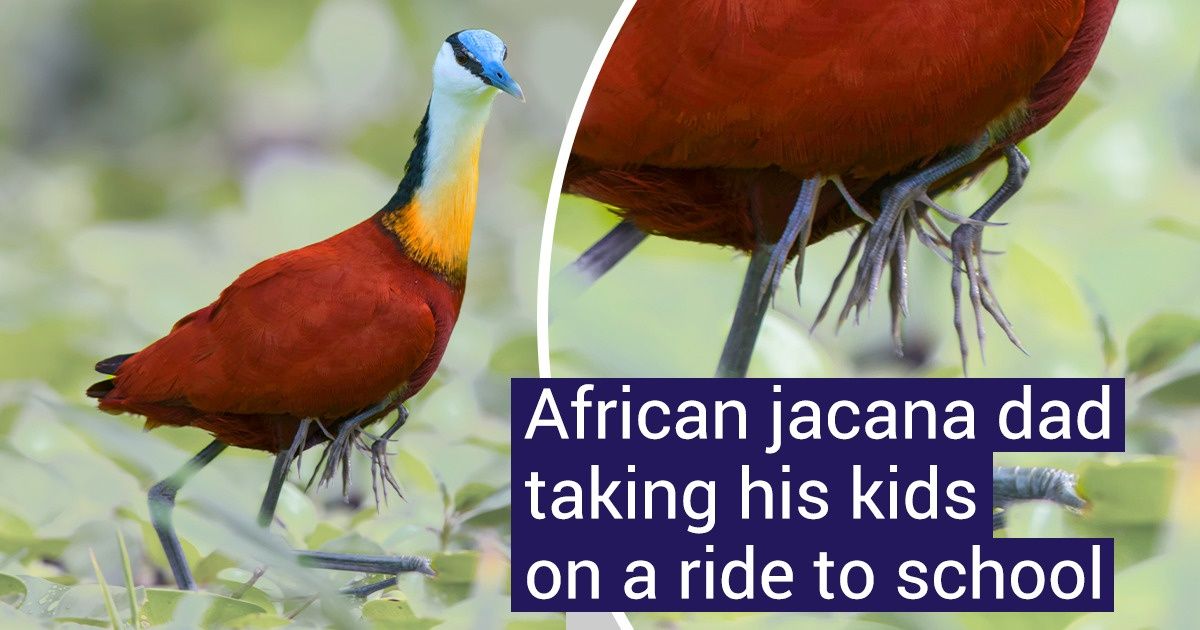
Nobody messes with momma: this is a simple truth that everybody knows. Unfortunately, the same thing cannot always be said about dads. Animal fathers, especially, have a spotty reputation, considering the abundance of “deadbeat dads” and “cannibal dads” among them. There are some dads who are a force in their youngsters’ lives and, just like human fathers, some animal dads can make exceptional sacrifices for their families.
We at Bright Side want to introduce you to 13 animal dads, who go to extreme lengths to support, teach, protect, and care for their kids.
1. Emperor penguin
Antarctica is one of the toughest places on Earth, where temperatures fall lower than −120ºF, and winds blow up to a hundred miles per hour. And this is the environment where emperor penguins are supposed to raise their children.
In the wake of winter, mom lays a single egg and leaves to go to the sea on a 2-month eating frenzy. Now, it’s up to dad to warm up and care for their only child. He cradles the egg at his feet and covers it with his belly feathers, balancing as he stands.
During these months, penguin dads don’t eat and barely move. They lose almost half of their body weight before the ladies return. Once mom’s back, both share the responsibility for raising the baby.
“Dad, you’re embarrassing me.”
2. Barbary macaques
Like human dads, bragging about their children’s achievements, Barbary macaques show off their kids to network and make an impression on each other. Proud dads carry their young on their backs as a status symbol, which allows them to bond, hang out, and form alliances within their community. It’s pretty much the same as with dog owners: it’s easier to break the ice if you both have a dog.
Yet, good parenting comes at a cost: baby-carrying dads have higher levels of stress hormones. But, perhaps, it helps to better convey the message: “Look how well I handle this anxiety. I’m a real man.”
3. Jacana
Have you ever seen an 8-legged monstrosity in the shape of a bird? If you do there’s no need to worry, it’s not a victim of an atomic explosion, but the jacana, a stay-at-home dad taking his kids on a ride.
Jacana birds are polyandrous, which means that as soon as the ladies are done with one mate and all that “laying eggs business,” they immediately embark on further romantic adventures with new mates. The dad who got left behind now does all the parenting: he sits on the eggs and when they hatch, he literally carries the chicks around under his wings, while their legs hang out in a pretty ridiculous fashion.
And since they’re water birds, these dads often pluck their kids from any dangers that lie underwater: be it drowning or, say, a crocodile.
4. Night monkey
After the night monkey mom gives birth, dad steps in and starts grooming, carrying, and playing with the youngsters more often than mom does — to the point that mom’s only involvement is nursing. And when the nursing session is over, she will chase the kids away back to dad.
Night monkeys are also faithful to a fault. But — unfortunately — they’re often plagued by outsiders, who try to break their families up. If they succeed, members of this “forced divorce” will have fewer offspring.
5. Gorilla
Male gorillas are huge and strong animals that can be straight-up intimidating. But they clearly have a soft spot for kids. The dads groom and play with their young, allow them to climb and ride on their backs, and sometimes even tickle them with flowers.
Surprisingly, gorilla dads will even care for kids who are not their own, which is unusual among most animal males. Why do they do this? Because ladies notice! And they fancy males who spend the most quality time with kids — even if they are not theirs.
6. Cardinalfish
Doting fathers are relatively common among fish — just remember Finding Nemo, where the behavior of the clownfish dad is very close to the way this animal behaves in real life. After the cardinalfish mom releases about 40 eggs into the sea, the dad scoops them up into his mouth, where he keeps them warm and safe from predators for a month — which also means he doesn’t eat while they’re incubating.
7. Marmoset
Relationships within marmoset families are very similar to those of people. The marmoset dad is there to help from the very start. He cleans the babies after the birth and “backpacks” infants once they are born. Marmosets also usually have twins and each can reach the weight of about a quarter of their mama, so it’s essential to share this responsibility between parents.
Scientists also noted that when marmoset dads hear an infant’s cry, they experience a testosterone boost, and the same reaction to a child’s cry exists in human fathers. Both are ready to leap into action to defend that baby.
8. Sandgrouse
Sandgrouse live in parched deserts, where water is an extremely rare resource. So, dads take it upon themselves to do a grueling commute for several miles each day to bring water home.
When they find a water source, they sit there and soak their belly feathers. The process can take 15 minutes, leaving them vulnerable to predators. But it all pays off when they can return home with precious cargo — that amounts to around 2 tablespoons.
9. Wolf
Wolves are social animals, who live in packs, consisting mostly of 2 parents and their adult children. So, when the pack’s mom becomes pregnant and then gives birth, the whole community takes care of her and the newborn pups. And the biggest caretaker in the group is the father.
Male wolves are very attentive dads, who provide food and protection. They also babysit little ones and play excitedly with them, sometimes roughhousing to help them build necessary life skills. As pups age, with dad’s guidance, they learn how to work with the group and take down larger prey.
10. Poison dart frog
The female poison dart frogs aren’t like other frogs. They lay only 5-6 eggs, instead of hundreds — this is the frog equivalent of having an only child. That may be why dads of this species are so dedicated to them. Frog dads stand guard and moisturize the eggs for days until they hatch as tadpoles.
After the eggs hatch, the dad’s work isn’t over. He piggybacks each tadpole, one by one, to a safe pool that can serve as an individual home. It’s a perilous expedition for a brightly colored frog, but it’s totally worth it.
11. Golden lion tamarin
Tamarins are the ultimate piggyback dads, always carrying their young around. Moms typically have twins, which are too burdensome to simultaneously nurse and carry. So, for the first 6-7 weeks of their lives, the kids spend most of their time on their old man’s back.
Dad spoils the little ones, always feeding them different kinds of fruits. He is actually the one who introduces kids to solid food after weaning. Later, when the kids grow older, dad is also responsible for any skill-building, be it foraging for food or learning social skills.
12. Snowy owl
Snowy owl dads restlessly bring home food, first to the mom who is sitting on the eggs and later to the entire family, with the consumption of meat eventually reaching up to 5 lemmings per day. When teenage owlets leave the nest, a father’s job still isn’t done. For months, if the kids fail to hunt for their own food, they cry for dad’s help, and he delivers a lemming supply package.
When your kid won’t stop asking for something:
13. Seahorses
The role of a seahorse dad is unlike that of any other being in the world: he is the father who becomes “pregnant”. Many animal dads care for kids, as we saw, but when it comes to pregnancy, they’re just not equipped for the task. Except for seahorses. They carry the eggs in a special brood pouch for weeks before giving birth to 1,500 baby seahorses.
What’s more interesting is that their bodies also have the same genes and behave similarly to pregnant mammal females. Makes you wonder if they ever crave pickles and ice cream.
What tricks do human fathers use to better handle unruly children? Share your tips in the comments.
Comments
Jack? ?
Is that his name?
Haha yes they name him after their old captain
Related Reads
15 People Who Learned Life-Changing Truths They Weren’t Ready For
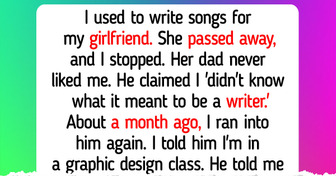
13 Family Conflicts That Sound Straight Out of a Soap Opera
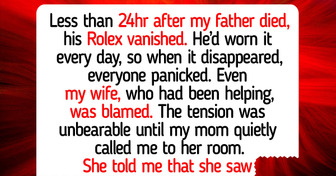
12 Stories That Had More Drama Than a Season Finale
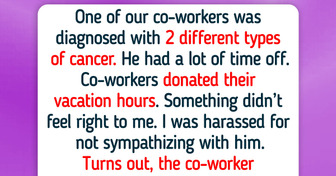
12 Stories That Prove Little Acts of Kindness Never Stay Little
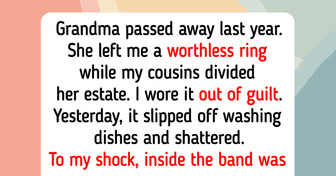
I Refused to Trust My Stepson After His Lies—He’s No Longer Welcome in My House
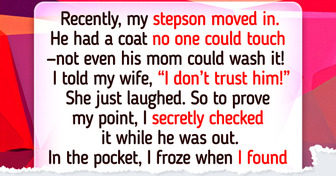
I Refused to Give Up My Extra Plane Seat to a Kid — Things Escalated Quickly
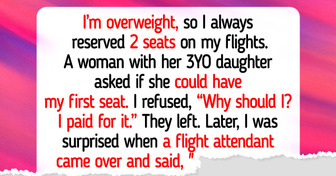
I Refuse to Be Treated Like the Family Nanny—And My Mom Chose Her Boyfriend Over Me
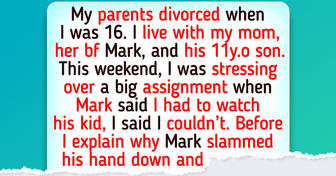
My DIL Shut Me Out of the Family Vacation but I Didn’t Hold My Tongue
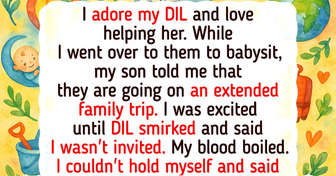
12 Unseen Sacrifices Moms Make to Put Their Kids First
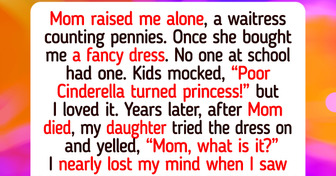
I Refused to Have My MIL on Another Trip If She Won’t Babysit—Her Slapback Was Brutal
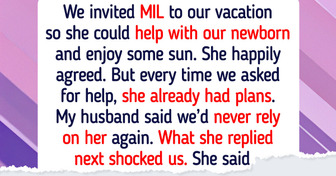
I Refused to Return to the Office After Years of Remote Work — Then HR Dropped a Bombshell
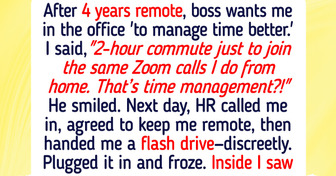
My DIL Excluded Me From Gender Reveal Party, Saying I’m "Not Family"—Big Mistake
